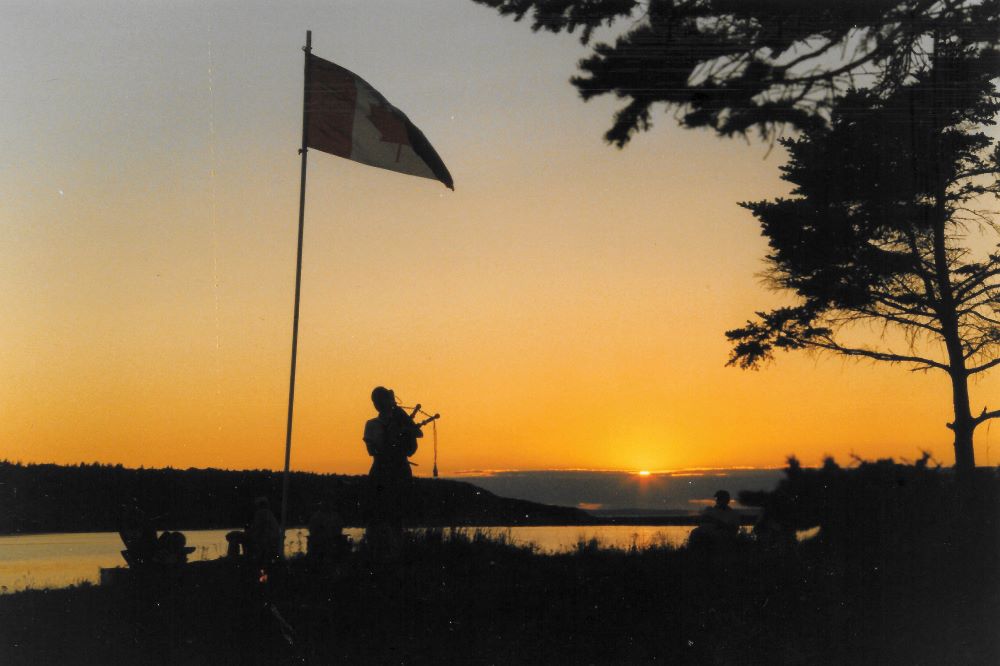The Gaelic Bagpiping Tradition: Did it Stay Truer to its Roots in Nova Scotia than in Scotland - Student Hazel Gunn Discusses her Research
The Gaelic tradition of bagpiping in Nova Scotia began with the arrival of people from the Highlands and Islands who emigrated to escape from poverty and oppression and seek a better life.
The emigration of whole communities spanned a period from 1773 to circa 1850 and while these people were not the only people to emigrate to Nova Scotia, they did form the majority ethnic group and embedded their Gaelic cultural identity into the communities they set up.
My research has shown that the emigrant pipers who formed part of these communities would have played in the traditional Gaelic style, which reflected the melodic, stylistic and lyrical overlap between the Gaelic language and its music. Due to the remoteness of these communities, their culture remained free from external influences for many years.
Despite this, by the beginning of the 20th century several interconnected factors led to the decline of the tradition. These factors included the decline in the use of the Gaelic language. Traditional Gaelic bagpiping was an oral tradition taught by demonstration and by singing the tune, so it is clear how the transmission of tunes could be impacted by the loss of the Gaelic language. There has been a dramatic decrease in the number of Nova Scotians speaking Gaelic since 1901 and this, together with the introduction of the written score, has significantly impacted on the tradition’s connection to the Gaelic language.
